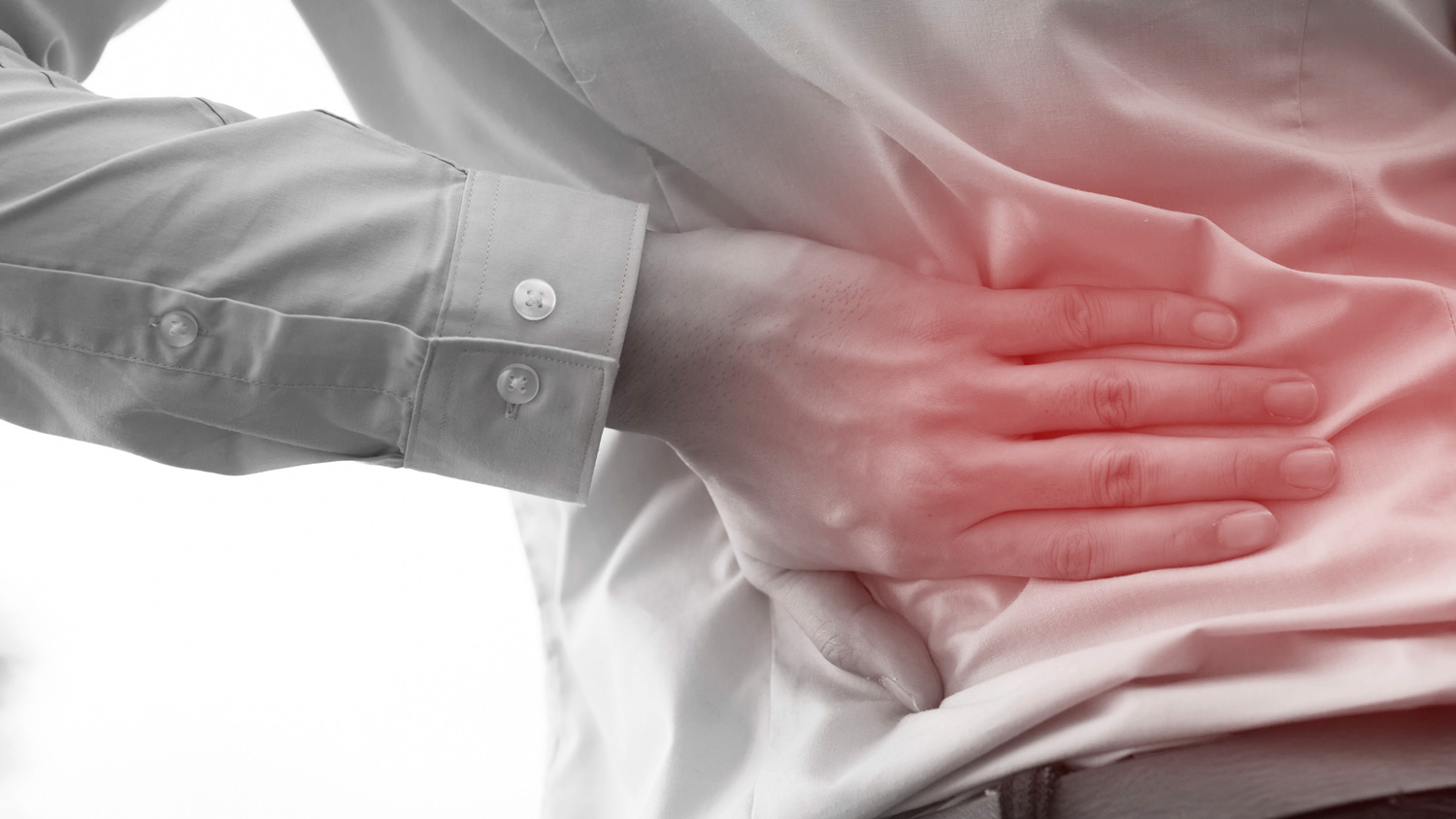
HSE publishes guidance on the ventilation of kitchens in catering establishments
The HSE has issued guidance on the ventilation of kitchens in catering establishments. Produced by the Hospitality and Catering Industry Liaison Forum, which has members from trade and professional associations, unions and enforcement authorities, the guidance is aimed at employers in the catering and hospitality industry. It gives guidance on ventilation requirements for kitchens and will help employers assess whether existing ventilation is adequate. It will also be useful for planning the ventilation specification for new or refurbished kitchens.
The guidance advises on management, as well as design and performance issues and also explains the requirements of the Gas Safety (Installation and Use) Regulations 1998, features of a good ventilation system, and the duties of the caterer, the building manager, designers and equipment installers when installing new equipment. It points people in the direction of further useful information.
According to the guidance, the objectives of an effective kitchen ventilation system are to:
- remove cooking fumes at source, i.e. at the appliance;
- remove excess hot air and bring in cool, clean air so the working environment is comfortable (inadequate ventilation can cause lethargy and heat stress contributing to unsafe systems of work and high staff turnover);
- make sure that the air movement in the kitchen does not cause discomfort, e.g. from strong draughts;
- provide enough air for complete combustion at fired appliances and prevent the risk of carbon monoxide accumulating;
- be easy to clean, avoiding build-up of fat residues and blocked air inlets which lead to loss of efficiency and increased risk of fire; and
- be quiet and vibration-free.
The ventilation system design needs to take account of the:
- cooking load;
- amount of cooking equipment used;
- layout and shape of the kitchen;
- number of staff; and
- need for easy cleaning and maintenance.
The guidance outlines effective design features and highlights the importance of assessing existing and planned systems to make sure they meet these ventilation objectives.
The full guidance can be downloaded here.




